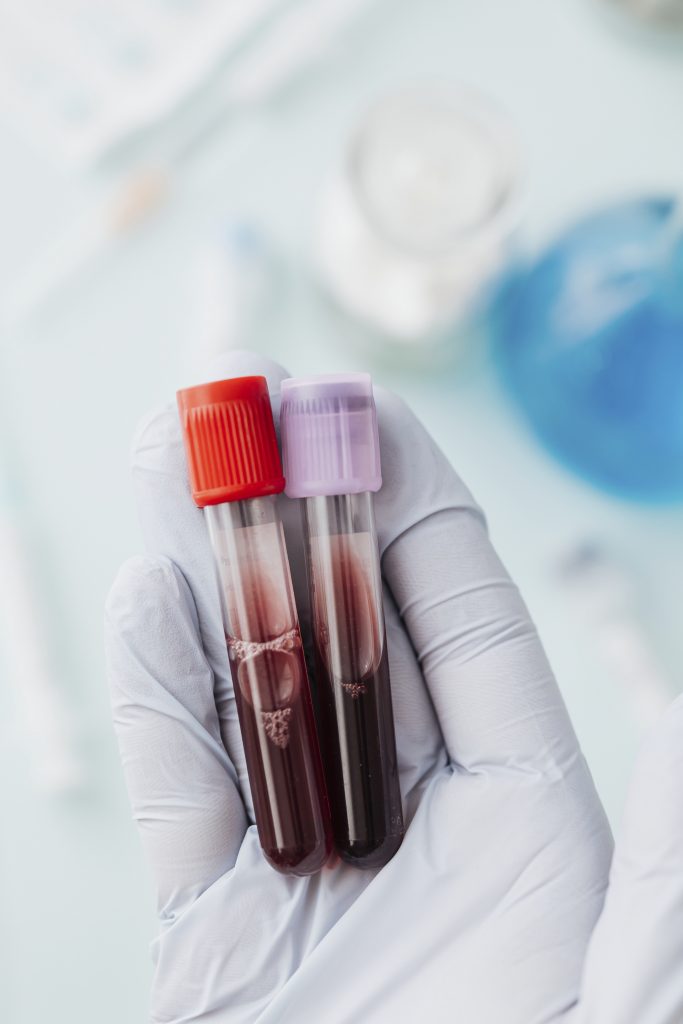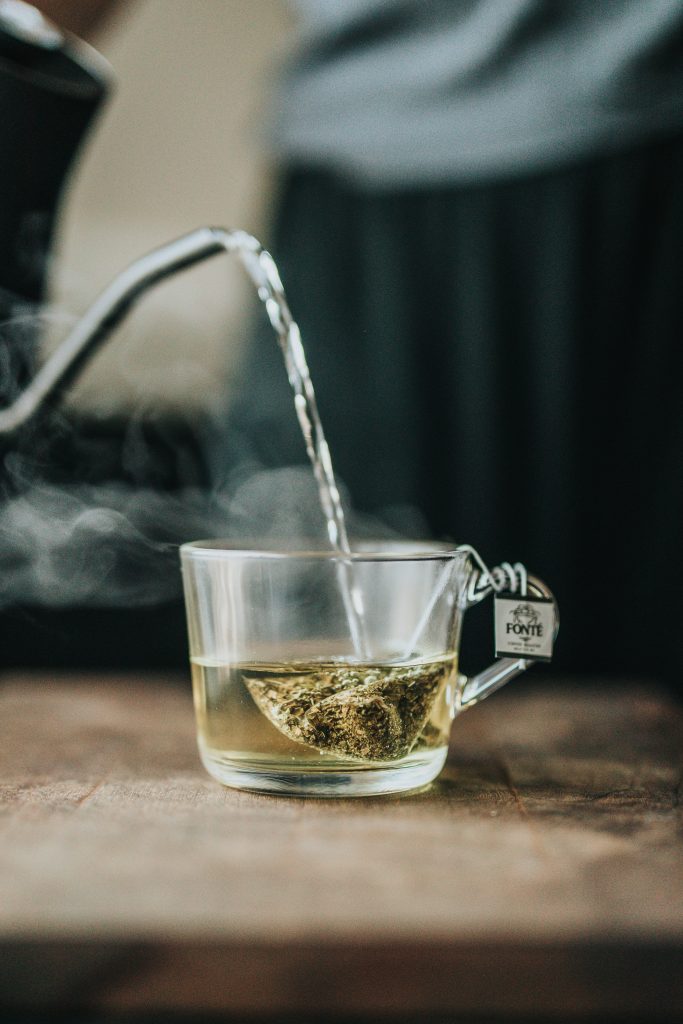Health Vectors
1st Floor
966, 27th Main, 8th Cross
Sector 1, HSR Layout
Bangalore 560102
(Behind Pai International)

What is Rheumatoid Arthritis (RA)?
Rheumatoid arthritis, or RA, is an autoimmune and inflammatory disease, causing inflammation (painful swelling) in the affected parts of the body.
The joint damage that RA causes usually happens on both sides of the body.
So, if a joint is affected in one of your arms or legs, the same joint in the other arm or leg will probably be affected, too.
This is one way that doctors distinguish RA from other forms of arthritis, such as osteoarthritis (OA).
Causes of RA
*The exact cause of rheumatoid arthritis is unknown.
*Researchers think it’s caused by a combination of genetics, hormones and environmental factors.
*Normally, your immune system protects your body from disease.
*With rheumatoid arthritis, something triggers your immune system to attack your joints.
*An infection, smoking or physical or emotional stress may be triggering.

Risk Factors to RA
Several issues can increase a person’s chances of having RA. Some are unavoidable, but a person can take action to prevent others from leading to RA. Some of the risk factors include;
*Genetics- If a close family member has RA, a person ma have a higher risk of developing it.
*Smoking- Scientists have found links between smoking and an increased risk of developing RA.
https://www.ncbi.nlm.nih.gov/pmc/articles/PMC4284707/
*Stress- Some researchers believe that stress may play a role in RA. For example, the way the body reacts to stress may worsen symptoms.
*Age- RA can develop at any age, but the risk increases as people get older. It is most likely to arise when a person is in their 60's.
Symptoms of RA
With RA, there are times when symptoms get worse, known as flares, and times when symptoms get better, known as remission. The symptoms of RA can include;
*Pain or aching in more than one joint
*Stiffness in more than one joint
*Tenderness and swelling in more than one joint
*The same symptoms on both sides of the body (such as in both hands or both knees)
*Weight loss
*Fever
*Fatigue or tiredness *Weakness
 Hand of doctor holding blood test tubes during covid-19 outbreak
Hand of doctor holding blood test tubes during covid-19 outbreak
Diagnosis of RA
A doctor will diagnose someone with RA based on a combination of several factors. They’ll do a physical exam and ask you about your medical history and symptoms. The doctor will order blood tests and imaging tests.
The blood tests include;
*Erythrocyte sedimentation rate (ESR)confirms inflammation in your joints.
*C-reactive protein (CRP)
*Rheumatoid factor (RF)- About 80% of people with RA test positive for RF *Cyclic citrullinated peptides (CCP) (proteins)- About 60% to 70% of people living with rheumatoid arthritis have antibodies to CCP
Treatment of RA
There is no permanent cure for RA, but there are effective treatments that can help you manage it and prevent damage.
Treatments for RA help to manage the pain and control the inflammatory response. In many cases, this can result in remission. Decreasing the inflammation can also help to prevent further joint damage.
Treatments can include:
*medications
*dietary changes
*alternative or home remedies
*specific types of exercise
For many people, these treatments help them live an active life and reduce the risk of long-term complications.
Home Remedies for RA
Certain home remedies can help manage symptoms and help improve quality of life when living with RA. *Exercise: low impact exercises can help improve range of motion of joints and increase mobility. Exercise also helps strengthen muscles, which can help to relieve some pressure from the joints. Yoga can also help
*Rest-You may need more rest during flare-ups and less during remission. Getting enough sleep will help to reduce inflammation and pain as well as fatigue.
*Apply heat & cold- Ice packs or cold compresses can help to reduce inflammation and pain. They may also be effective against muscle spasms. You can alternate cold with hot treatments such as warm showers and hot compresses. This may help to reduce stiffness

Diet for RA
Following an anti-inflammatory diet helps with managing symptoms of RA. This type of diet includes foods that have lots of omega-3 fatty acids like fatty fish like salmon, tuna, herring, and mackerel, chia seeds, flax seeds, walnuts etc.
Antioxidants, such as vitamins A, C, and E, and selenium, may also help reduce inflammation. Antioxidant rich foods include berries, dark chocolate, spinach, rajma etc.
Flavonoid rich foods like green tea, grapes, broccoli etc. also help with management of inflammation.
Eating lots of fiber is also important. Choose whole grain foods, fresh vegetables, and fresh fruit. Strawberries may be particularly beneficial.
What you don’t eat is just as important as what you do eat. Make sure to avoid trigger foods. These include processed carbohydrates and saturated or trans fats.
Avoiding trigger foods and choosing the right foods when following an anti-inflammatory diet may help you manage your RA.